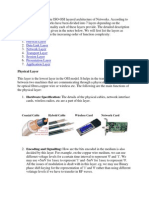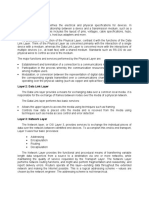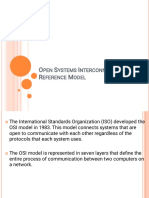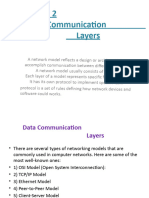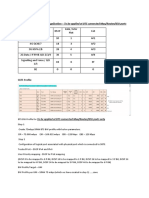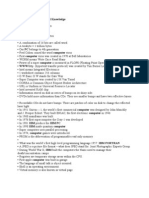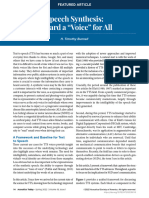0% found this document useful (0 votes)
10 views3 pagesNetComm L2
The document discusses the layered architecture approach, emphasizing its benefits such as modularity, independence of layers, and ease of testing. It explains the OSI model, which serves as a framework for network communication, detailing the functions of each layer from the Physical to the Application layer. Key concepts include protocols, service users and providers, error control, and the importance of reliable data transfer in network communication.
Uploaded by
jac aimeeCopyright
© © All Rights Reserved
We take content rights seriously. If you suspect this is your content, claim it here.
Available Formats
Download as DOCX, PDF, TXT or read online on Scribd
0% found this document useful (0 votes)
10 views3 pagesNetComm L2
The document discusses the layered architecture approach, emphasizing its benefits such as modularity, independence of layers, and ease of testing. It explains the OSI model, which serves as a framework for network communication, detailing the functions of each layer from the Physical to the Application layer. Key concepts include protocols, service users and providers, error control, and the importance of reliable data transfer in network communication.
Uploaded by
jac aimeeCopyright
© © All Rights Reserved
We take content rights seriously. If you suspect this is your content, claim it here.
Available Formats
Download as DOCX, PDF, TXT or read online on Scribd
/ 3





















